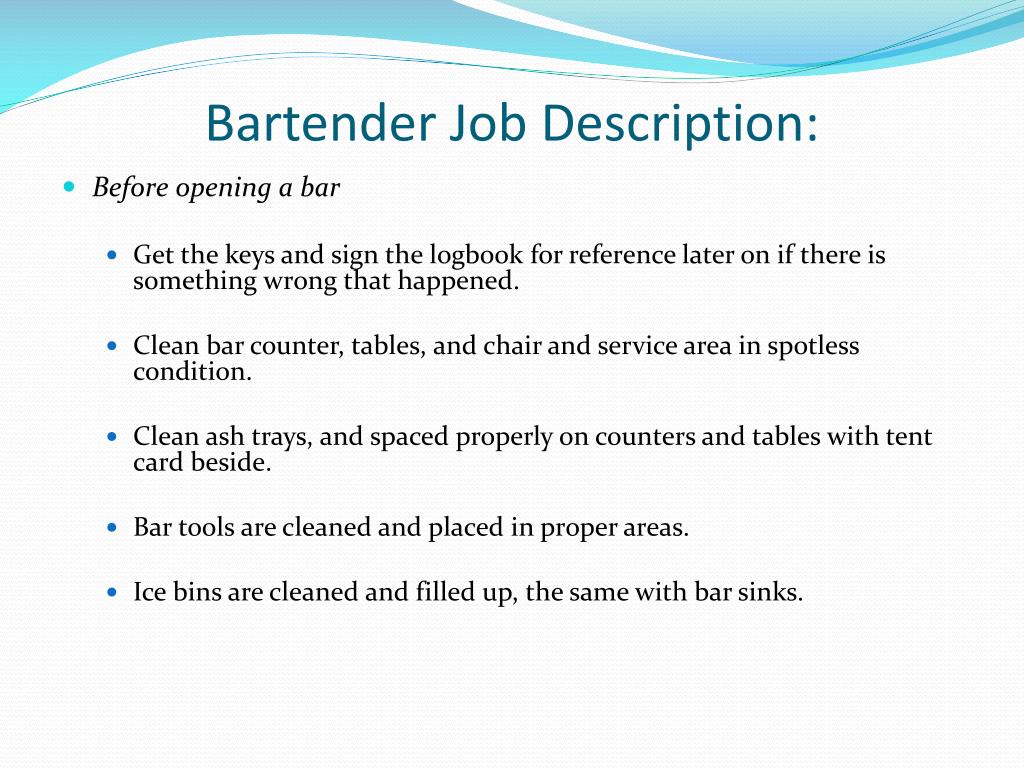


Steve is employed as a security guard at a large, and very busy, pawn shop. The decision on whether the employer can be held liable for an employee’s intentional act depends on whether that act was committed within the scope and course of his employment, or at the direction of the employer. While the issue of whether the employee’s acts were negligent or intentional is considered first, the courts commonly consider whether justice is served by holding the employer liable. This issue is not black-and-white, however, but depends on the specific circumstances of the case. Many employers believe that any criminal acts committed by an employee, whether he is on or off the clock, are the sole responsibility of that employee. Was the employee motivated to commit the act for the purpose of benefitting the employer? Employer Liability in Intentional ActsĪlthough it is relatively easy to determine employer liability for an employee’s actions during the course of employment, the issue of intentional acts, which may be criminal in nature, is less clear.Was the act of the same nature as the employee’s job responsibilities?.

Was the act carried out as part the employee’s job duties, or the agent’s responsibilities?.Was the act carried out while the employee was on the clock?.Generally speaking, three facts must be taken into consideration: Therefore, determining when such a relationship exists, and therefore which party may be held liable, is of vital importance. The doctrine of respondeat superior allows the law to hold an employer responsible for the acts of an employee. Determining When an Employer-Employee Relationship Exists The doctrine of respondeat superior followed the colonists to the United States with their familiar common law system. This provided a more reliable way for people to recover damages for a wrongful act, as servants and employees rarely had the financial means to pay, and even the courts found it to be an injustice to force such agents to pay for acts done in the names of their employers. This association only applied to acts done in the course of the servant or employee’s duties, or at the direction of the employer. The doctrine of respondeat superior dates back to 17th century England, where the law held a master or employer legally liable for the actions of his servant or employee. Medieval Latin History of the Doctrine of Respondeat Superior


 0 kommentar(er)
0 kommentar(er)
